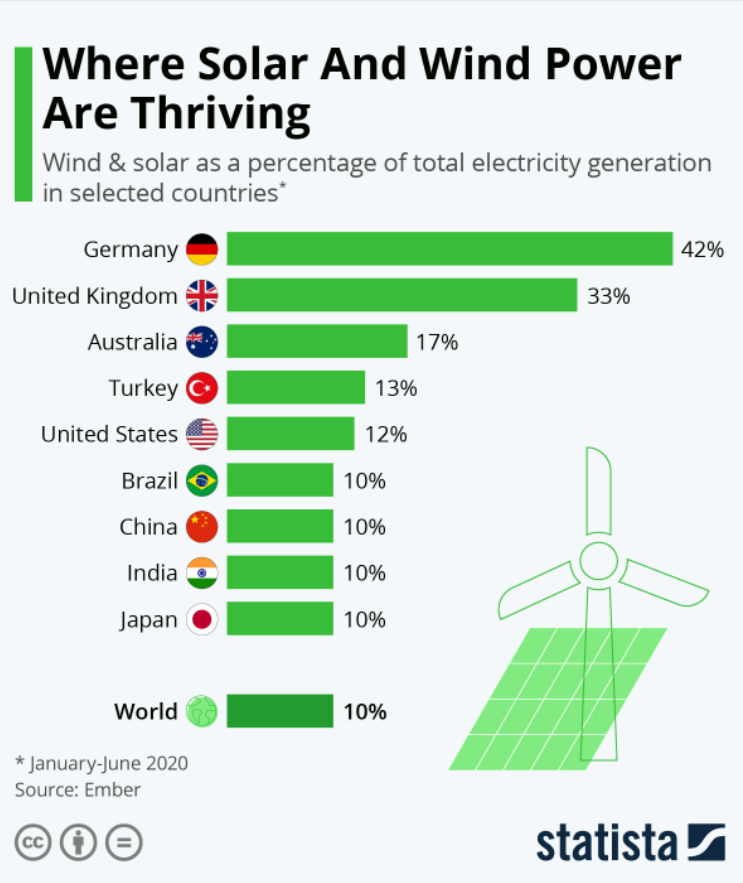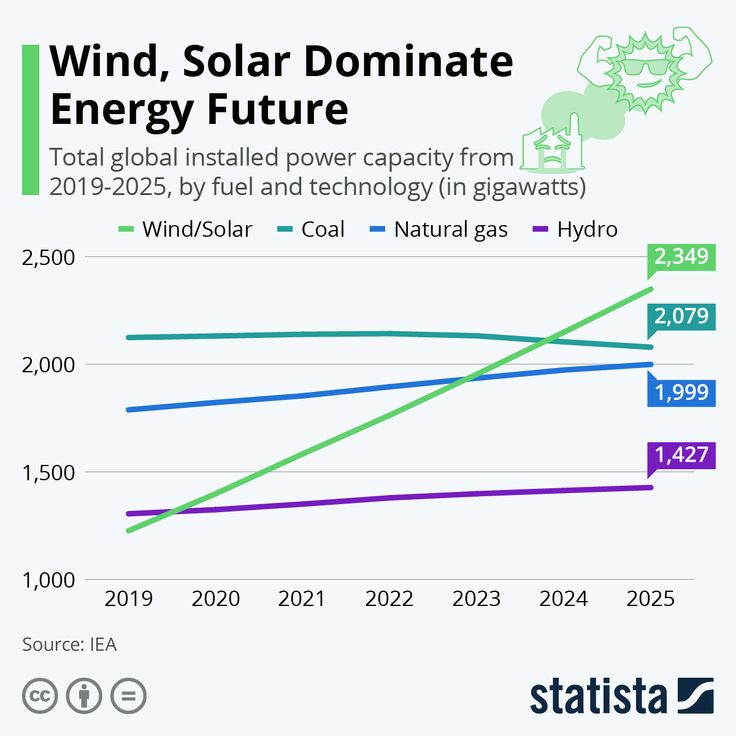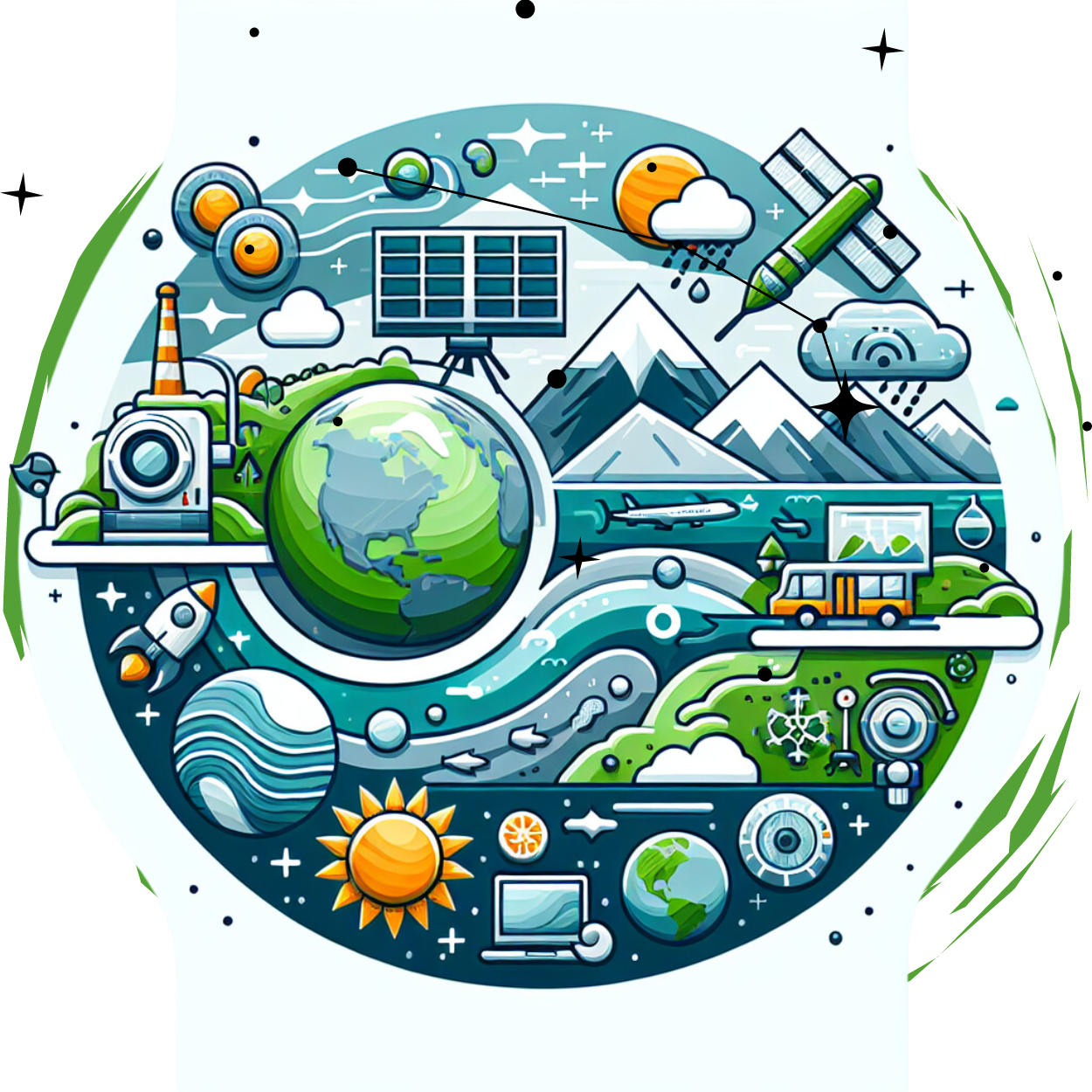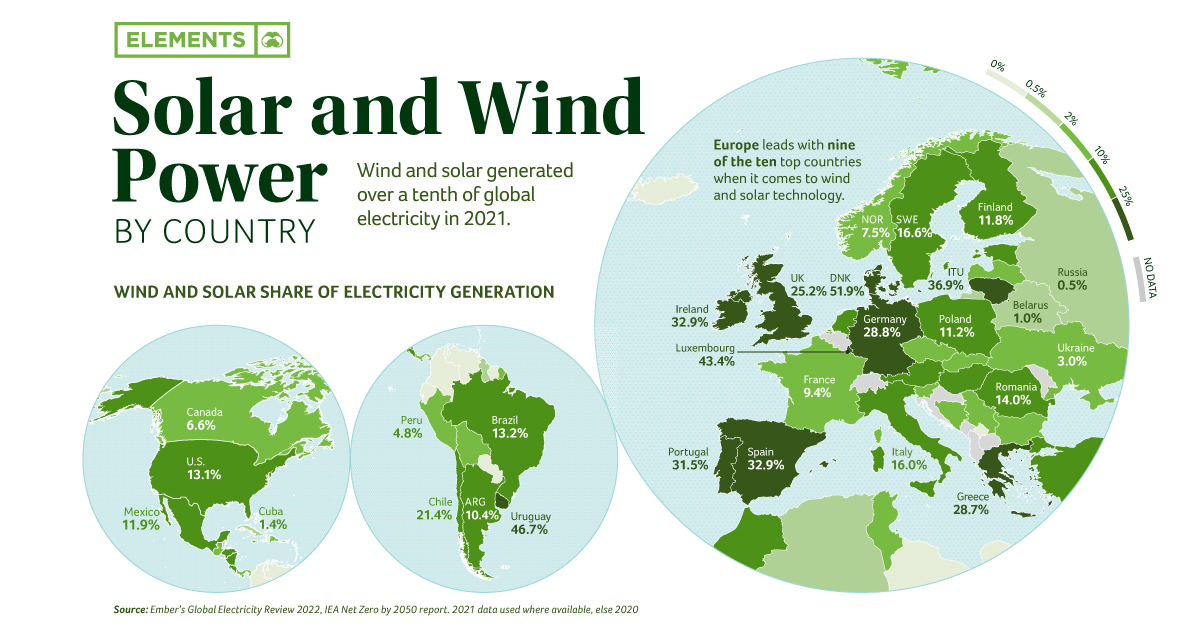As the world grapples with climate change and strives for sustainable energy solutions, wind and solar power have emerged as the vanguards of the global renewable energy revolution. In 2024, these two renewable energy sources are not only leading the charge towards a greener future but are also set to redefine the energy landscape. This comprehensive guide explores the current state of wind and solar power, their advancements, benefits, challenges, and future prospects.
The Rise of Wind Power
A Global Overview
Wind power has experienced exponential growth over the past decade. According to the International Energy Agency (IEA), wind energy capacity increased by over 10% in 2023, and this upward trajectory is expected to continue. Countries like China, the United States, and Germany are leading the charge, with substantial investments in both onshore and offshore wind farms.
Technological Advancements
2024 has seen significant technological advancements in wind power. Modern wind turbines are becoming more efficient and cost-effective. Innovations such as larger rotor blades, advanced materials, and improved aerodynamics have increased the energy output of wind turbines. Floating wind farms are also gaining traction, allowing for the harnessing of wind energy in deeper waters where traditional fixed-bottom turbines are not feasible.
Environmental and Economic Benefits
Wind power is a clean and renewable energy source that reduces greenhouse gas emissions and dependence on fossil fuels. It provides numerous economic benefits, including job creation in manufacturing, installation, and maintenance. The decreasing cost of wind power technology has made it competitive with conventional energy sources, further driving its adoption.
The Growth of Solar Power
Expanding Horizons
Solar power, harnessing energy from the sun, has also seen remarkable growth. The global solar photovoltaic (PV) market is expected to grow at a compound annual growth rate (CAGR) of 20% from 2024 to 2028. Innovations in solar technology and declining costs are making solar power more accessible and affordable.
Technological Breakthroughs
In 2024, the solar industry is witnessing groundbreaking advancements. High-efficiency solar panels, such as those utilizing bifacial technology, capture sunlight on both sides, increasing energy yield. Perovskite solar cells, a promising alternative to traditional silicon cells, offer the potential for higher efficiency and lower production costs. Additionally, advances in solar energy storage solutions are addressing the intermittency issue, making solar power a more reliable source of energy.
Environmental and Economic Impact
Solar power significantly reduces carbon footprints and provides a sustainable solution to energy demands. It offers economic benefits such as reduced energy bills for consumers, job creation in the solar industry, and energy independence for nations. As the cost of solar technology continues to fall, it is becoming an increasingly viable option for both residential and commercial applications.
Combining Wind and Solar Power: A Synergistic Approach
Integration Challenges
While wind and solar power offer substantial benefits, their integration into the energy grid presents challenges. The variability of wind and solar energy requires advanced grid management solutions to ensure a stable and reliable power supply. Energy storage technologies, such as batteries and pumped hydro storage, play a crucial role in addressing these challenges by storing excess energy for use during periods of low generation.
Complementary Strengths
Wind and solar power complement each other well. Wind energy often peaks at night or during the winter months, while solar power is strongest during the day and summer. By combining these two sources, energy providers can create a more balanced and reliable energy mix, reducing reliance on fossil fuels and enhancing grid stability.
Case Studies of Successful Integration
Several regions have successfully integrated wind and solar power into their energy systems. For example, Germany’s Energiewende initiative combines wind, solar, and other renewable sources to transition towards a sustainable energy system. Similarly, Texas in the United States has become a leader in wind energy, while also expanding its solar capacity, demonstrating the effectiveness of a diversified renewable energy strategy.
Future Prospects and Innovations
Policy and Investment
Government policies and investments play a pivotal role in the expansion of wind and solar power. Supportive policies, such as tax incentives and renewable energy mandates, drive investment and innovation in these sectors. In 2024, many countries are enhancing their commitments to renewable energy through ambitious climate targets and green energy initiatives.
Emerging Technologies
The future of wind and solar power is likely to be shaped by emerging technologies. Innovations such as vertical-axis wind turbines, solar panels integrated into building materials, and advanced energy storage systems are set to revolutionize the industry. Additionally, advancements in artificial intelligence and data analytics will enhance the efficiency of renewable energy systems by optimizing energy production and consumption.
Global Collaboration
Global collaboration is crucial for accelerating the transition to renewable energy. International partnerships and knowledge sharing can drive technological advancements, reduce costs, and address common challenges. Initiatives such as the Global Wind Energy Council and the International Solar Alliance are fostering collaboration and promoting the adoption of wind and solar power worldwide.
Conclusion
In 2024, wind and solar power stand at the forefront of the global renewable energy expansion. With technological advancements, significant environmental and economic benefits, and a synergistic approach to energy generation, these renewable sources are paving the way for a sustainable energy future. As we continue to innovate and collaborate, wind and solar power will play an increasingly central role in addressing the challenges of climate change and ensuring a cleaner, greener planet for future generations.


